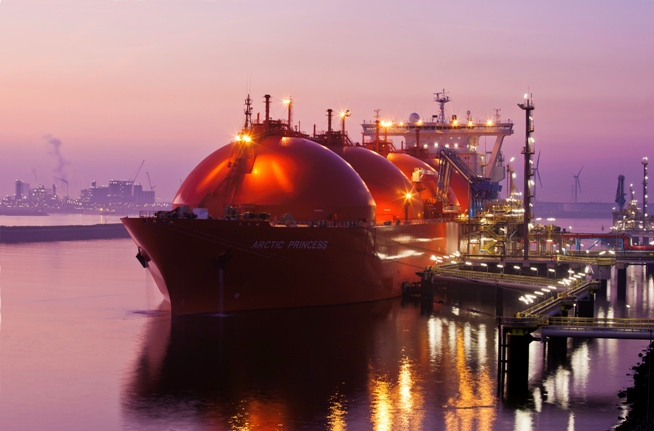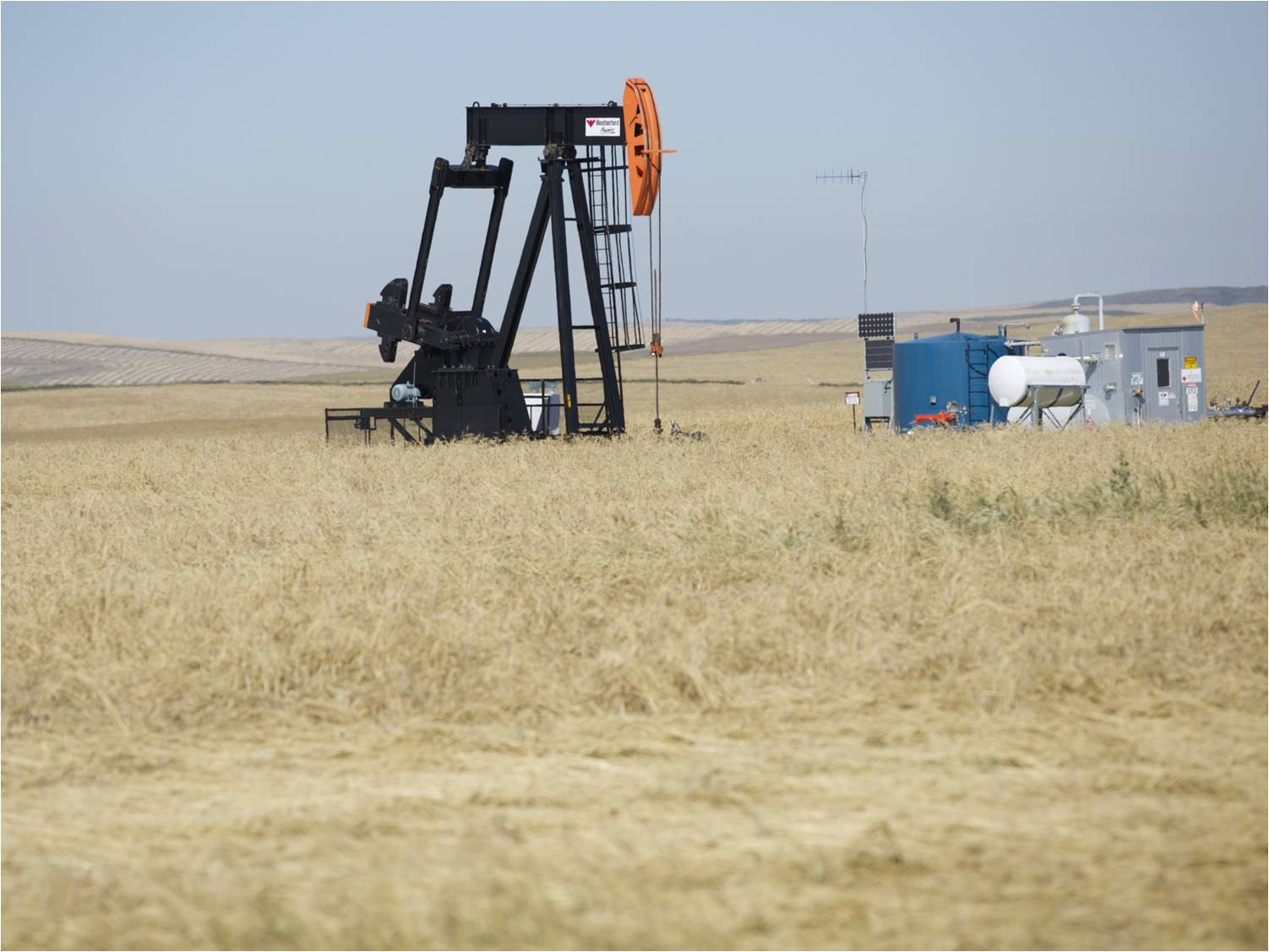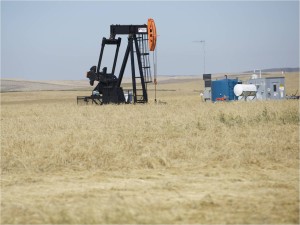
The Arctic Princess at the Port of Rotterdam. Source: GATE LNG
The calendar is about to flip to 2015. We’re still waiting. Not a single Final Investment Decision (FID) by any of the major western Canadian LNG consortia yet. That’s the board of directors’ rubber stamp needed to spend billions on drilling wells, laying pipes and building liquefaction plants.
One or two of the 17 proposed projects are likely to get approved. Everyone – government, regulators, industry and a multitude of other stakeholders – is working hard to move things forward. But let’s not kid ourselves. It’s going to take longer than we think, maybe years, not months. The macro environment is suddenly more difficult, and there is a lot of lingering uncertainty. To understand the latter, imagine being a proverbial ‘fly on the wall’ at the head office of one of the multinational companies that is considering their FID. The scene might go something like this…
The CEO sat authoritatively behind his tidy, lacquered desk. His favorite pen was to his immediate right, comfortable in its carbon fiber case. The precision instrument was reserved only for signing deals that were greater than 10 billion dollars.
On the opposite side of the desk sat the company’s VP of Global Natural Gas Operations. Barnes opened up the first project file. The office air was stiff.
“Let’s start with our BC LNG project, sir. It’s getting close for you to sign the FID. Here are the documents.”
“Let’s go through the checklist Barnes,” said the CEO patting his pen case gently, “I don’t roll my special ink until I know all the known unknowns.”
“Very good, sir,” nodded the subordinate as he handed the papers over. “Here is the checklist.”
Leaning forward the CEO began running his index finger down the detailed list. He validated the items out loud, “Yes, Canada is a good, safe, politically stable place. Tick, tick, tick. Engineering designs, all good. Hmmm, gas supply reserves and production forecasts, yes, that’s a tick. Yes, long-term purchase contracts in place, good. Banking syndicate… well that’s as good as it will get.” After pausing to flip several pages, he noted, “I see the BC government’s Ministry of Finance passed their LNG Tax Act a few weeks ago; it’s good that the post pay-out rate has been cut in half to 3.5%.” He relaxed his brow and gave a slow nod of approval.
“But what’s this Barnes? A carbon tax? The Ministry of Finance didn’t say anything about this to me.”
“No sir, this carbon legislation came from BC’s Ministry of Environment, not Finance. They introduced their carbon levy on LNG production a day before the special income tax was announced.” Barnes continued, “The government wants to be the greenest producer of LNG in the world, even greener than the Norwegians. We will get carbon offset credits when we come in under the baseline target intensity of 0.16 tonnes of CO2 equivalent per tonne of LNG. Norway is at 0.18. And Texas is easily beatable, sir, at 0.25.”
“Really?” the CEO shook his head. “Tell me Barnes, do we get carbon credits for selling BC’s LNG to efficient consumers like the Japanese, or for substituting dirty, high-carbon-intensity coal in China? Surely, what’s good for the supplier should be good for the buyer.” His voice was on an elevator now. “Don’t these carbonistas know that most of the GHG emissions are generated by burning hydrocarbons on the consuming end?”
Barnes didn’t take the carbon bait. The CEO went on methodically, “Okay, at least it looks like we have a known target in terms of carbon emissions, so that’s a good thing.”
“Well actually sir,” mumbled Barnes, “We don’t. Sir, there is still carbon uncertainty in the upstream. In the pipes. In the processing facilities. And in the BC gas fields.”
“Barnes, you know I break into a rash every time I hear that U-word, ‘UNCERTAINTY’. My activist investors are all over me to stop putting money into murky megaprojects unless I can assure them that my margins aren’t going to go evaporate like a bucket of LNG. Barnes, I’m wondering why this half-checked file is on my agenda this morning? What else do I need to know about BC?”
“Yes, there is more,” admitted Barnes as he began reading from a Powerpoint presentation, turned to page 9, from the Ministry of Environment. He read out the second bullet, “The Ministry of Environment is developing additional actions…, to identify new actions that will keep us on track to our [GHG] targets.” He continued to the next bullet, “The Ministry of Natural Gas Development is developing additional policies and programs to address the potential increase in GHG emissions in the upstream.”
“Stop! Too much of the U-word,” snapped the CEO as he turned the checklist around towards the VP, “Tell me, why are all these other tick boxes unchecked?”
The CEO’s finger lunged forward, “Look at this,” he said, “No resolution on First Nations, incomplete pipeline permits, incomplete environmental assessments, unknown federal fiscal terms, no clarity on municipal taxes, no transfer pricing agreement, poor visibility on labour supply, etcetera, etcetera. And these are not all BC issues. How many sous-chefs are there in this kitchen of uncertainty?” He continued flipping through half-a-dozen pages.
Shaking his head he muttered, “I can’t take this to my Board of Directors.”
He pushed the papers back across the desk. “Let me tell you something Barnes,” he continued as he put his palms on the desk, “There is a chance that BC is going to have the lowest emissions in the LNG business.” He leaned forward, “That’s because there won’t be an LNG business in BC until all these unknowns are made into knowns. There is a lot of work to do here.”
Instinctively, he pushed his favourite pen back a few centimeters. “Now tell me Barnes, what’s next on our agenda?”
“Our other global LNG project, sir.”
“Pass me the checklist,” said the CEO as he put out his hand, “I like the look of all those tick marks.”







